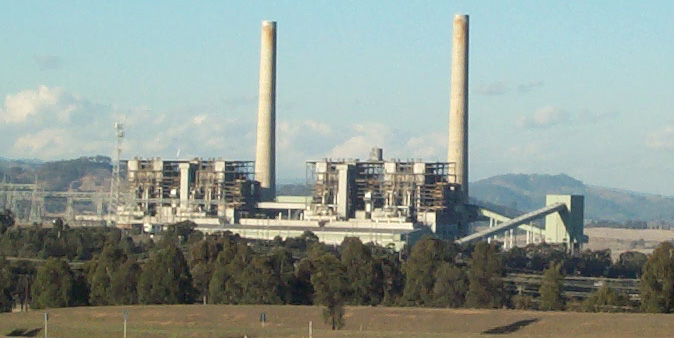Australia’s major energy generators and retails continue to profit from higher power prices on the wholesale market, which translate into bill shock for the end customers. But, this is likely to change as the fleet of solar and wind utility-scale projects come online in the coming years.
However, the previous fiscal year was a record one for AGL Energy. It has reported a 27.6% jump in full-year underlying profit to over one billion dollars, thus exceeding its own forecasts.
The company’s underlying profit rose to $1.02 billion, up from $802 million in the previous fiscal year, while its net profit reached $1.6 billion, up by 194% from the previous year of $539 million.
Despite the good news, AGL had a bad day on the stock exchange, as its shares slumped by 5% on Thursday. This came as a consequence of the company’s warning it expects almost no profit growth this year, with wholesale prices dropping and a retail war persisting.
Earlier this week, another major gentailer, EnergyAustralia, reported a trebling of its half-year profit, reaching $375 million to June 2018, up from $129 million a year earlier.
Both companies have cited the same reason behind the high retail prices, pointing to the abrupt closure of Hazelwood and Northern coal power stations in 2017 and 2016, and voiced the same expectation that wholesale price will start to come down and benefit customers over time.
Will the NEG address prices?
Meanwhile, the debate is heating up around the argument that the National Energy Guarantee (NEG), the proposed national energy deal beyond 2020, will cut power bills by $550 a year .
The final design of the NEG released by the Energy Security Board last week states that the average household bill is expected to be $550 lower each year through the 2020s than it is now, and $150 of those savings are because of the Guarantee.
This amount comes on top of the annual saving of $400, which will come from new, largely renewable generation built under the RET.
As it remains unclear how this $150 of savings is calculated due to a lack of modeling information, energy experts have slammed the savings claim as nonsense.
In a piece for Guardian Australia, Simon Holmes á Court from Melbourne University says the NEG is a complex system, never before implemented, with no price discovery, no third party access to provide liquidity, no easy way to manage pricing risks and no transparency.
“The modelling relies on heroic assumptions to arrive at a position that generators will change their bidding behaviour and gladly forego $27.3bn of revenue from their assets. The average household is promised a $550 annual saving, which would only be the case if the NEG shaved an incredible 74% off the energy component of electricity bills. Has anyone seen any credible modelling that shows the NEG will reduce prices?,“ writes Holmes á Court.
In a separate media report, Holmes á Court said he had done a straw poll of 16 energy experts and only one thought the NEG might reduce power bills – at all.
This content is protected by copyright and may not be reused. If you want to cooperate with us and would like to reuse some of our content, please contact: editors@pv-magazine.com.









By submitting this form you agree to pv magazine using your data for the purposes of publishing your comment.
Your personal data will only be disclosed or otherwise transmitted to third parties for the purposes of spam filtering or if this is necessary for technical maintenance of the website. Any other transfer to third parties will not take place unless this is justified on the basis of applicable data protection regulations or if pv magazine is legally obliged to do so.
You may revoke this consent at any time with effect for the future, in which case your personal data will be deleted immediately. Otherwise, your data will be deleted if pv magazine has processed your request or the purpose of data storage is fulfilled.
Further information on data privacy can be found in our Data Protection Policy.